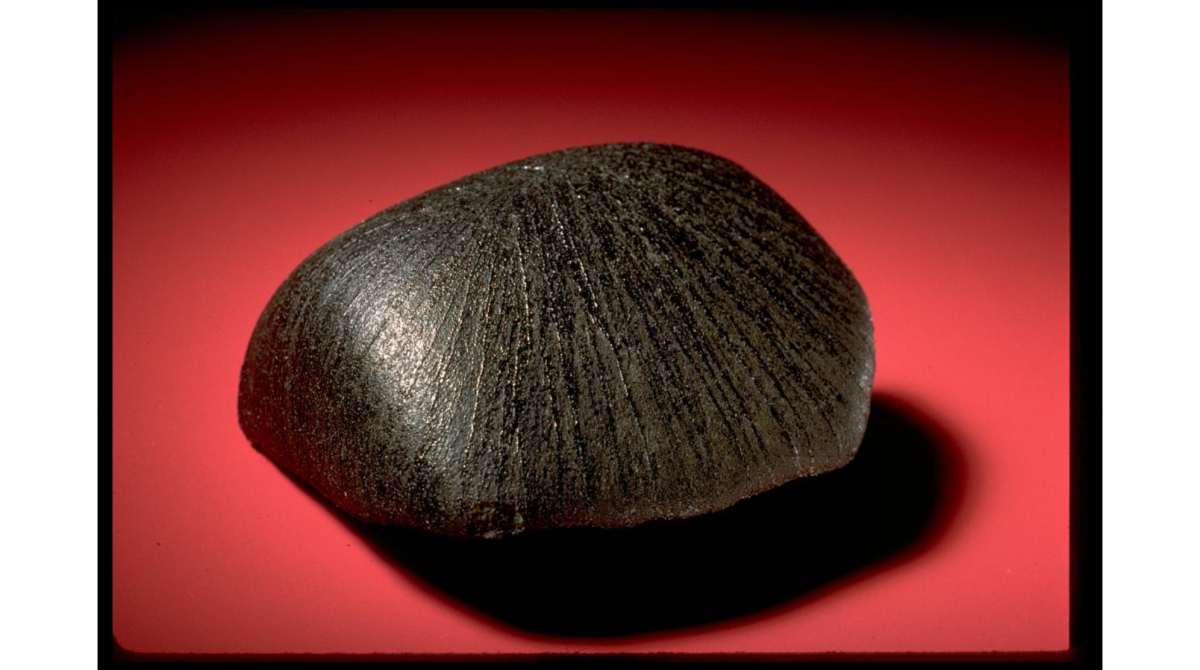In 1931, the Lafayette meteorite was rediscovered in a drawer at Purdue University. Since then, it has become a focus for many, as it contains evidence of having interacted with liquid water on Mars. Recently, scientists at Purdue University’s Department of Earth, Atmospheric and Planetary Sciences were able to determine that this interaction took place 742 million years ago.
Lafayette is a nakhlite, a Martian meteorite made from igneous rock, recognized by its particular chemical makeup. It is predicted that Lafayette broke off from a Martian volcanic crater surface during an asteroid collision.
Reports analyzing organic contaminants have allowed scientists to trace Lafayette’s journey from a field in Indiana to a university drawer. However, details of its long extraterrestrial travel, such as when the meteorite came into contact with water, have been considered inconclusive until now.
Interactions with liquid water allow for the creation of specific minerals on a meteorite. In a study published in Geochemical Perspectives Letters, scientists used Argon-Argon dating, which measures the ratio of argon isotopes produced from radioactive potassium decay, on a sample taken from the interior core of Lafayette.
“We can identify meteorites by studying what minerals are present in them and the relationships between these minerals inside the meteorite. Dating these minerals can therefore tell us when there was liquid water at or near the surface of Mars in the planet’s geologic past,” Marissa Tremblay, an assistant professor with Purdue EAPS, stated in a press release from the university.
Through dating, scientists determined the interaction took place 580 million years after the host igneous rock formed. This places the presence of liquid water on Mars much later than previously understood, which most agree was approximately 2 to 3 billion years ago. While exciting, this does not necessarily indicate that Mars had any more liquid water 742 million years ago than it does now.
“We do not think there was abundant liquid water on the surface of Mars at this time,” Tremblay said. “Instead, we think the water came from the melting of nearby subsurface ice called permafrost, and that the permafrost melting was caused by magmatic activity that still occurs periodically on Mars to the present day.”
Ice on Mars has been of particular interest to NASA, serving as “a vital resource for the first people to set foot on Mars, serving as drinking water and a key ingredient for rocket fuel.”
Regardless, the more that can be uncovered about circumstances that created the igneous rock that eventually became Lafayette, the more that can be gleaned regarding an environment on Mars that is similar to the present.
“This meteorite uniquely has evidence that it has reacted with water,” Ryan Ickert, senior research scientist with Purdue EAPS, said. “The exact date of this was controversial, and our publication dates when water was present.”
While pieces of Lafayette have been dispersed throughout the research community, a two-inch piece was recently loaned back to Purdue after students petitioned. A large piece can currently be viewed at the Smithsonian National Museum of Natural History.









